A painting that was once stolen from a Jewish arts dealer by the Nazis during World War II has been discovered in a real estate ad for a home in Argentina.
‘Portrait of a Lady,’ a portrait of Contessa Colleoni created by Vittore Ghislandi in 1743, was pictured hanging over a sofa in the real estate listing posted by Robles Casas & Campos, the Telegraph reports.
Art experts who reviewed the images told the Dutch newspaper AD they believe the painting hanging on the wall in the Argentine home is the authentic ‘Portrait of a Lady’ based on the dimensions of the piece and the fact that there would be little incentive to forge it.
Similar artwork by Ghislandi have fetched only several thousand dollars, sometimes even less, at auction in recent years, according to the Jewish News Syndicate.
‘There is no reason to think of why this should be a copy,’ Annelies Kool and Perry Schrier of the Cultural Heritage Agency of the Netherlands told AD, adding that ‘final confirmation can come by looking at the back of the painting’ where ‘there may still be marks or labels that confirm the origin.’
‘Portrait of a Lady’ had once belonged to Dutch-Jewish collector Jacques Goudstikker, a successful art dealer in Amsterdam who helped his fellow Jews flee the Nazis before he died at sea while trying to escape to Britain onboard a cargo ship.
At least 800 pieces Goudstikker owned were seized or bought under duress by the Nazis, a government-commissioned investigation in 2006 found, categorizing the lost artwork as being ‘looted.’
Investigators were able to recover more than 200 of the pieces in the early 2000s, but many – like ‘Portrait of a Lady’ – remained missing and were included on the international list of lost art and the official Dutch list of artwork looted by the Nazis.
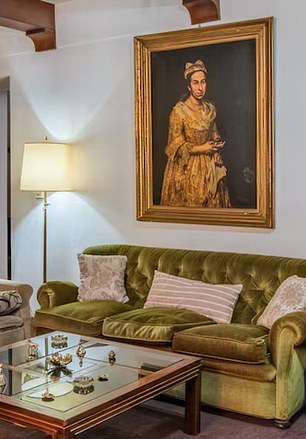
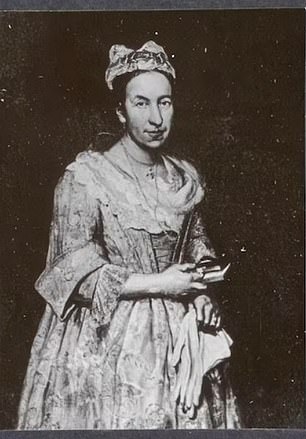
‘Portrait of a Lady,’ a portrait of Contessa Colleoni created by Vittore Ghislandi in 1743 (right), was pictured hanging over a sofa in a real estate listing posted by Robles Casas & Campos (left)
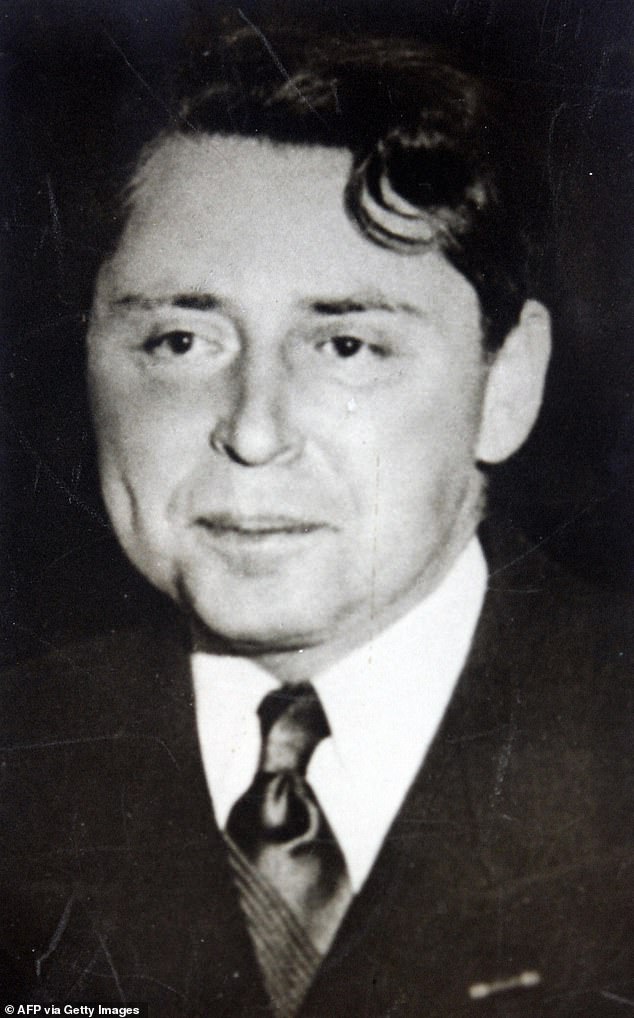
It once belonged to Dutch-Jewish collector Jacques Goudstikker, a successful art dealer in Amsterdam who helped his fellow Jews flee the Nazis before he died at sea while trying to escape to Britain onboard a cargo ship
An ensuing investigation into how the portrait may have wound up at the Argentinian house ultimately led AD reporters to Friedrich Kadgien – who once served as top Nazi official Herman Goering’s financial adviser.
He was tasked with funding the Nazi war efforts, often through the theft of art and diamonds from Jewish dealers in the Netherlands.
Following the war, Kadgien fled to Argentina, where he died in 1979.
It turned out that the house advertised in the listing was owned by one of Kadgien’s daughters.
When she was then confronted about the painting by AD reporters, the unidentified woman claimed she did not know what painting they were referring to and said she was too busy to answer their questions.
But Marei von Saher, an heir of Goudstikker, says she now plans to file a claim and launch a legal action to have the painting returned to her family.
‘My search for the artworks owned by my father-in-law Jacques Goudstikker started at the end of the 90s, and I won’t give up,’ von Saher, who is now 81 years old, told the Dutch newspaper.
‘My family aims to bring back every single artwork robbed from Jacques’ collection and restore his legacy,’ she said.
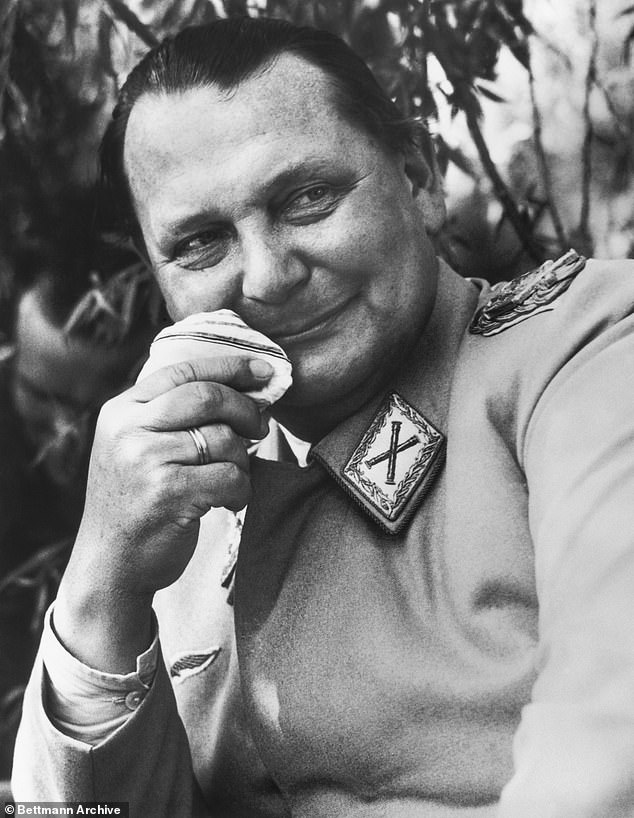
An investigation into how the portrait may have gotten to Argentina, led reporters to Friedrich Kadgien – who once served as top Nazi official Herman Goering’s (pictured) financial adviser
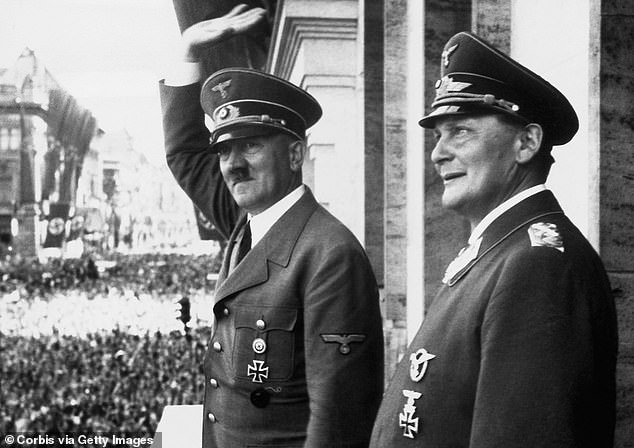
Storm Trooper commander Reichstag president Goering is pictured standing next to Adolph Hitler
She explained that details of Goudstikker’s collection were kept in a little black book which he took with him on his fateful journey to Britain in May 1940, as the Netherlands fell under Nazi occupation.
The booklet was eventually discovered by his surviving wife, Desi, and their only son, Edo, who made it safely to the United States.
Separately, researchers from the Cultural Heritage Agency of the Netherlands claim they spotted another missing painting by Abraham Mignon, a 17th-century Dutch still-life painter, on a social media page belonging to Kadgien’s other daughter.
That painting of flowers is also included on the organization’s list of stolen art, but the Cultural Heritage Agency says its experts have not yet been able to trace back its ownership.











